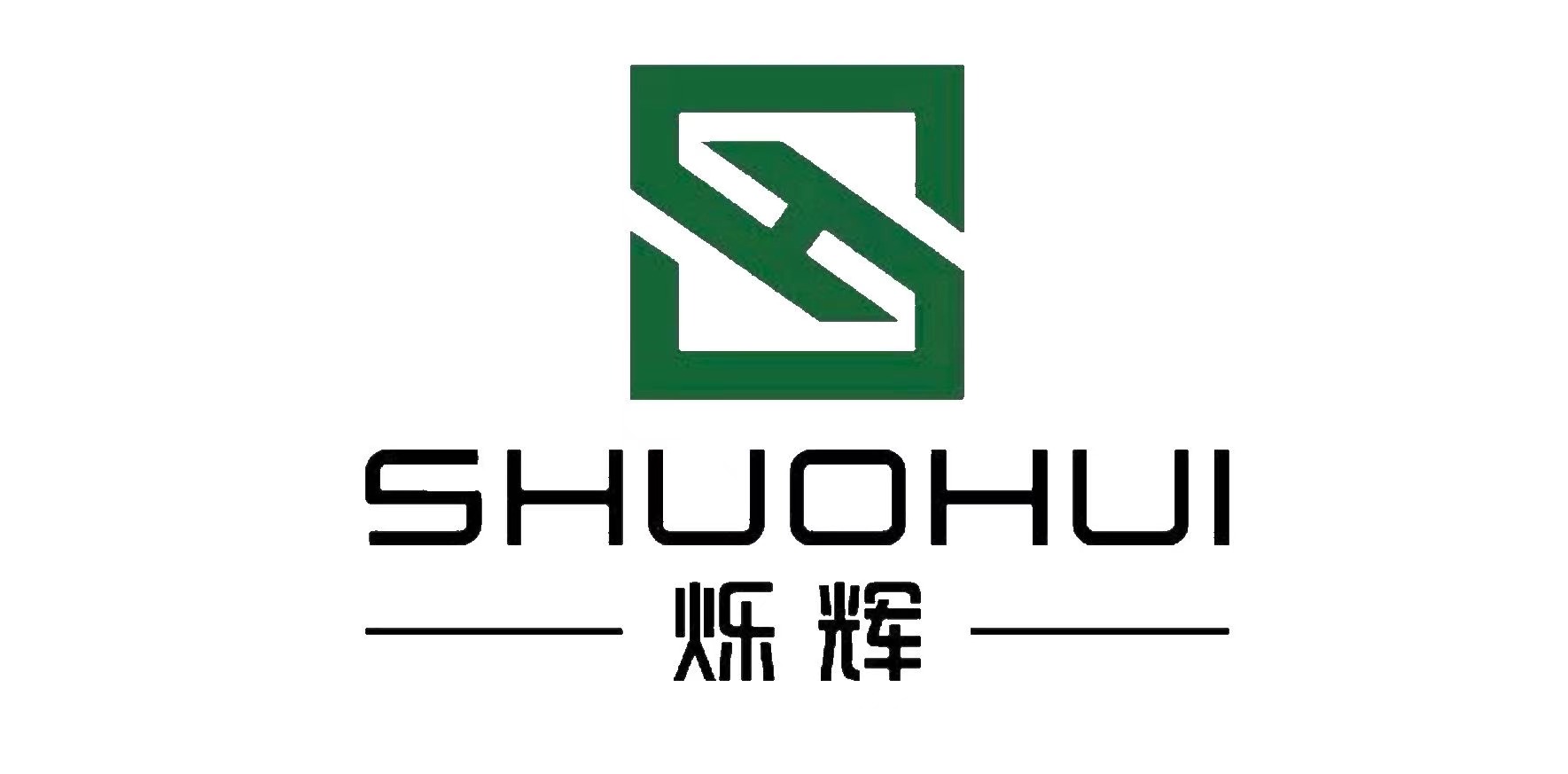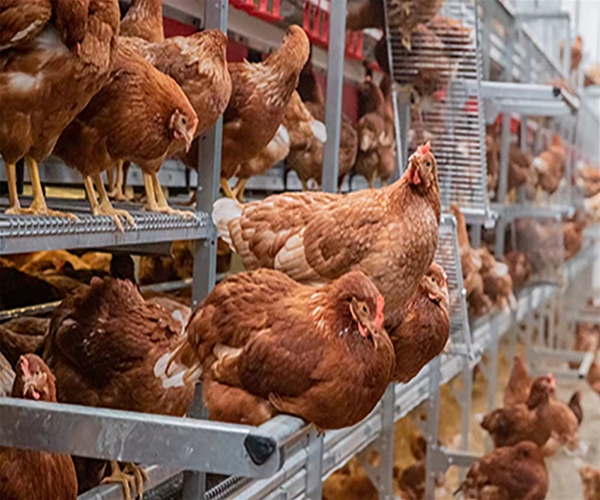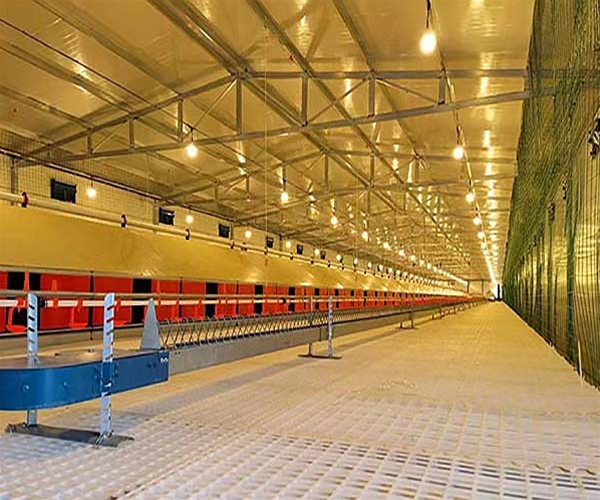Poultry farming is a crucial segment of the agricultural industry, especially with the growing demand for eggs and poultry meat. How to improve farming efficiency, reduce costs, and enhance animal welfare are central concerns for farmers. This article will explore all aspects of poultry farming, from equipment selection to feeding techniques, environmental control, and disease prevention. It aims to provide a series of practical strategies for optimizing poultry farming to help improve production and economic efficiency.
Poultry Farming Equipment Selection and Application
The choice of poultry farming equipment directly affects farming efficiency and animal welfare. From feeding systems, egg collection boxes, to ventilation systems, modern poultry farming equipment significantly improves production efficiency and management levels. This section will detail the commonly used poultry farming equipment.
1.1 Automated Feeding Systems
Automated feeding systems greatly reduce the time spent on manual feeding, improving feeding accuracy and efficiency. These systems ensure that feed is distributed in precise amounts, making sure that each chicken receives balanced nutrition while minimizing human error. By automating feeding, farmers can reduce labor costs and increase overall efficiency.
Advantages:
- Increases feeding accuracy and reduces feed waste
- Lowers labor costs
- Adjustable feed amounts ensure proper nutrition without overfeeding or underfeeding
Learn More About Automated Feeding Systems
1.2 Egg Collection Boxes
Egg collection boxes are indispensable modern equipment in poultry farming. They significantly improve egg production rates and egg shell quality. These boxes are designed to protect eggs from contamination and damage, reducing the occurrence of broken eggs caused by human error.
Advantages:
- Increases egg yield and quality
- Prevents egg contamination
- Provides a comfortable and stress-free laying environment for hens
Enhance Egg Collection Efficiency
1.3 Poultry House Ventilation and Temperature Control Systems
Maintaining optimal temperature, humidity, and good ventilation is fundamental to ensuring the health of poultry. Temperature and ventilation systems not only regulate the temperature inside the poultry house, reducing heat stress or cold-related diseases, but also enhance chicken productivity.
Advantages:
- Maintains optimal temperature and humidity to improve poultry productivity
- Adapts to seasonal changes and reduces seasonal impacts
- Enhances chicken health and reduces disease occurrence
Discover Temperature Control Solutions
Best Practices for Poultry Feeding Management
Poultry feeding management involves more than just providing feed; it also includes choosing the right feed, feeding times, and methods. Proper feeding management can significantly improve poultry performance and optimize resource utilization, reducing waste.
2.1 Feed Selection and Formulation
Choosing the right feed is key to improving poultry performance. Chickens require different types of nutrition at different stages of their life. Properly formulated feeds with balanced protein, energy, and vitamins are essential for growth and egg production.
Advantages:
- Provides balanced nutrition to promote growth and production
- Reduces feed waste and optimizes resource use
- Increases feed conversion rates
2.2 Feeding Methods and Timing
Scientific feeding methods and timings are critical for poultry growth. Research has shown that staged, timed, and measured feeding practices can better control feed utilization while reducing cost waste due to overfeeding.
Advantages:
- Improves feed conversion rates and saves costs
- Increases production and farming profitability
- Controls behavioral issues like feather pecking and over-competition
Environmental Control and Animal Welfare
In poultry farming, controlling the environment and ensuring animal welfare are critical for improving productivity and ensuring poultry health. Suitable temperature, humidity, ventilation, and lighting conditions help improve chicken immunity, reduce disease occurrences, and promote overall welfare.
3.1 Temperature and Humidity Control Systems
A well-designed temperature and humidity control system helps maintain the ideal conditions for poultry, ensuring optimal growth and production. Automated temperature control systems can adjust based on seasonal and environmental changes, keeping the poultry house comfortable year-round.
Advantages:
- Provides optimal temperature and humidity conditions to improve poultry productivity
- Adapts to seasonal changes and reduces the impact of weather fluctuations
- Promotes animal health and reduces disease outbreaks
3.2 Lighting and Environmental Management
Proper lighting management helps stimulate growth and egg production in poultry. For example, mimicking natural light cycles can help maintain chickens’ biological rhythm, increasing egg production.
Advantages:
- Mimics natural lighting cycles to boost egg production
- Prevents and reduces production declines due to stress
- Enhances animal welfare and strengthens immune systems
Learn About Environmental Control
Poultry Disease Management and Prevention
Disease management in poultry farming is crucial. Proper disease prevention measures can greatly reduce disease outbreaks during the farming process, ensuring poultry health.
4.1 Vaccination and Health Management
Proper vaccination is key to preventing poultry diseases. Regular vaccination based on the specific diseases affecting the poultry species can significantly boost their immune systems.
Advantages:
- Prevents common poultry diseases
- Strengthens poultry immunity and reduces disease occurrences
- Ensures poultry health, lowering treatment costs
4.2 Use of Disease Prevention Equipment
In addition to vaccination, modern disease prevention equipment, such as air purifiers and disinfection devices, can significantly reduce disease transmission risks. These devices help improve air quality in poultry houses, reducing the breeding of harmful microorganisms.
Advantages:
- Provides clean air and reduces virus transmission
- Improves the hygiene level of farming environments
- Enhances poultry health and lowers disease rates
The Importance of Poultry House Disinfection
Sustainable Development in Poultry Farming and Future Trends
With the ongoing advancement of agricultural technology, poultry farming is moving towards more automated, intelligent, and environmentally friendly practices. The adoption of smart equipment, digital management, and environmentally sustainable farming methods are crucial trends in the future of poultry farming.
5.1 Intelligent Management Systems
Intelligent management systems use digital technology to monitor and manage all aspects of poultry farming. Through big data analysis, farmers can optimize feed usage, control environmental factors, and monitor poultry health in real time, thus increasing overall farm efficiency.
Advantages:
- Provides real-time data analysis to optimize resource management
- Increases production efficiency and lowers labor costs
- Enables fine-tuned management and ensures animal welfare
5.2 Environmentally Friendly Farming Technologies
With stricter environmental regulations, environmental concerns in poultry farming are gaining attention. Implementing eco-friendly farming technologies, such as waste management and energy-saving equipment, helps reduce environmental pollution and improve the social responsibility of farms.
Advantages:
- Reduces environmental pollution and complies with environmental regulations
- Enhances the farm’s sustainability
- Lowers energy consumption and cuts production costs
Conclusion:
Poultry farming is undergoing significant technological innovation and management upgrades. From automated feeding systems to intelligent management, from temperature and humidity control to disease prevention, modern poultry farming equipment and scientific management practices are essential for increasing production, ensuring animal welfare, and reducing environmental impact. By wisely choosing and applying these technologies, farmers can significantly improve productivity, reduce costs, and help the poultry farming industry develop in a more sustainable and efficient manner.


